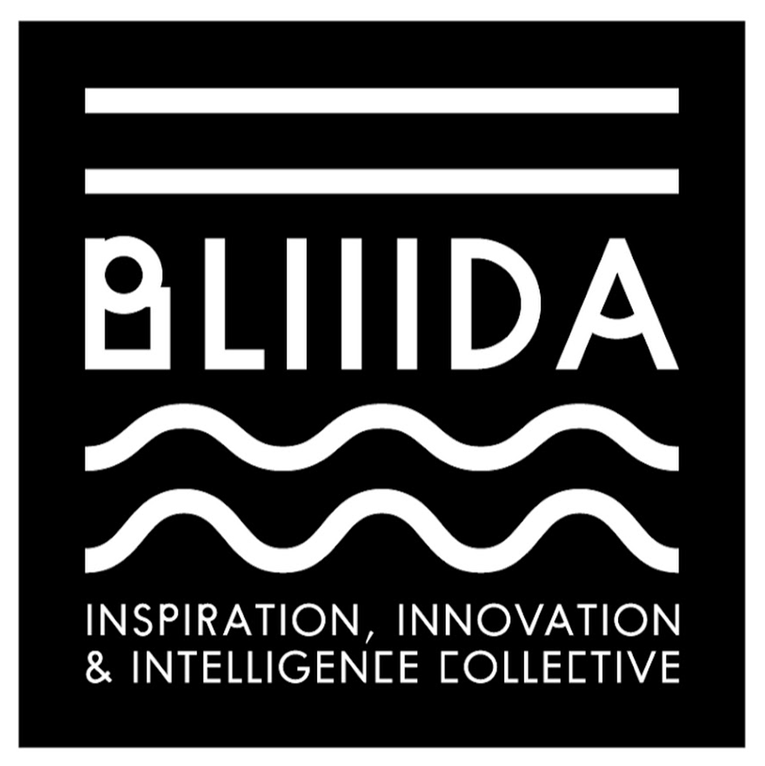I’m Andreas Ruby. I study physical geography at the University of Trier (Germany). I work mostly on geomorphological processes, often with GIS or remote sensing. Currently, I start my Master thesis about the monitoring of gully erosion in Morocco. Therefore I create 3D models out of kite and drone images.

Why did you have interest to work on light pollution ?
In summer 2019, I did an internship with Christopher Kyba (German Research Center for Geosciences Potsdam, Germany). First, we wanted to focus on the impacts of earthquakes and artificial light at night. But quickly, he convinced me to participate in a very cool project with a more technical approach of light pollution. We assessed the contribution of public street lights to the total urban light emission. The city of Tucson (Arizona, USA) dimmed their lights for a short period and we analyzed changes in the satellite images. This approach was never done before but showed really robust results : Link to paper
Since then, I actively follow different initiatives about dark skies or citizen scientist projects.
What do you think about this problem in Germany ?
As in most heavily industrialized, commercialized and urbanized countries, the problem of light pollution is omnipresent. But in contrast, the awareness seems to be negatively correlated. In my family, among my friends or other university or leisure contacts nearly nobody was aware of a problem called “light pollution”. But when I look outside my window in Trier, I see three things :
1. A big parking lot next to a street. During most nights, lamps illuminate the area not only during opening hours, but also longer in the night. One floor underneath me, one does not need any lamp to read a book in the evening. To sleep well, shutters are strongly necessary.
2. Illuminated supermarket sign. It’s not directly obvious, but even visible from very far distance.
3. A memorial statue up the valley. The illumination lamps shine not every night, but they are directed upwards in the sky.
These three facts are most common in urban environments and don’t seem to be a problem in the first step.
But at a second glance many aspects could be improved to reduce light pollution in general or in specific ways as not using upwards light.
Do you think that is there any possible solution ?
In the moment, we can do many things way better. So there are many solutions available. Smart Light Hub GR or e.g. Christopher Kyba are continuously working not only on solutions but also on their implementation. They are that divers, that Bottom-Up approaches like Citizen Science projects exist next to Top-down approaches, e.g. with light emission policies. Others would include stronger cooperation between scientists, local governments and installation companies.
To get precise :
-
-
- Reduce light where it is not necessary, in volume and in intensity.
- No upward lights.
- Flexible illumination techniques, e.g. when temporary necessary.
- Protect especially sensitive ecosystems. Etc.
-
So they range from raising the problem awareness over simple technical implementations to stronger regulations and cover therefore the whole spectrum.
And on the other side, we already have enough reasons to implement and pursuit these solutions or to create others if necessary. Harmful impacts on ecosystems and many species, on human health or even our clear night sky. Every of these aspects alone should be enough to put solutions into practice and address light pollution as a whole.







